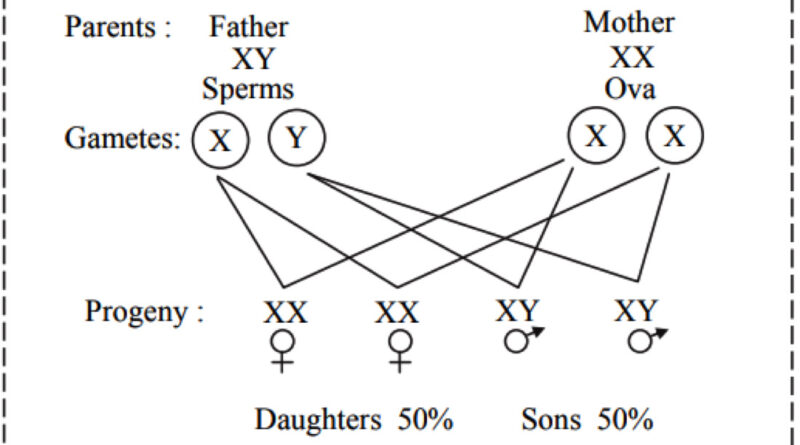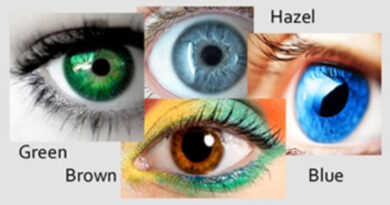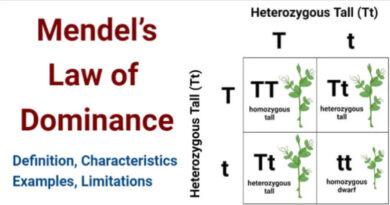Sex Determination in Humans: A Comprehensive Overview
Sex determination in humans is a complex biological process that is established at the moment of conception. It dictates whether an individual will develop as male or female, which in turn influences physical characteristics, reproductive anatomy, and, in many cases, aspects of gender identity. This article delves into the mechanisms of sex determination, the role of chromosomes, and how genetic and environmental factors can influence this process.
The Basics of Human Chromosomes
Humans have 46 chromosomes, arranged in 23 pairs. Among these, 22 pairs are autosomes, which are identical in both males and females. The 23rd pair, known as the sex chromosomes, differs between the sexes: females typically have two X chromosomes (XX), while males have one X and one Y chromosome (XY).
The Role of the Y Chromosome
The presence or absence of the Y chromosome is the primary determinant of sex in humans. The Y chromosome contains the SRY (Sex-determining Region Y) gene, which is critical for initiating the development of male characteristics. If the SRY gene is present, it triggers the formation of testes, which subsequently produce male hormones (androgens) leading to the development of male secondary sexual characteristics.
In the absence of the Y chromosome and, consequently, the SRY gene, the default developmental pathway is female. This results in the formation of ovaries, which produce female hormones (estrogens) leading to the development of female secondary sexual characteristics.
Genetic Pathways and Hormonal Influence
The process of sex determination involves a cascade of genetic signals and hormonal actions. The SRY gene activates other genes that lead to the development of testes. Once the testes are formed, they secrete testosterone and anti-Müllerian hormone (AMH). Testosterone promotes the development of male internal and external genitalia, while AMH prevents the formation of female reproductive structures.
In females, the absence of SRY means that the gonads develop into ovaries. Without significant levels of testosterone, female internal and external genitalia develop. Estrogens produced by the ovaries are crucial for the development of female secondary sexual characteristics during puberty.
Variations and Disorders of Sex Development (DSDs)
While the XX and XY chromosomal patterns account for the majority of human sex determination, variations do exist. Disorders of Sex Development (DSDs) refer to conditions where chromosomal, gonadal, or anatomical sex is atypical. Some examples include:
– Androgen Insensitivity Syndrome (AIS): Individuals with XY chromosomes have tissues that are insensitive to androgens. Depending on the severity, they can have partially or fully female physical characteristics despite having a male genetic makeup.
– Turner Syndrome: A condition where individuals have a single X chromosome (45,X). They typically develop as females but with certain medical and developmental issues.
– Klinefelter Syndrome: Individuals have an extra X chromosome (47,XXY) and usually develop as males but with some female physical characteristics and potential fertility issues.
Environmental and Epigenetic Factors
While genetic factors are primary determinants of sex, environmental and epigenetic factors can also play a role. For example, exposure to certain chemicals and hormones during pregnancy can influence sexual development. Epigenetic modifications, which involve changes in gene expression without altering the DNA sequence, can also impact the development of sex characteristics.
Conclusion
Sex determination in humans is a highly orchestrated process involving genetic and hormonal signals. While the presence of the SRY gene on the Y chromosome typically sets the pathway for male development, the absence leads to female development. However, variations and anomalies in this process highlight the complexity and diversity of human sexual development. Understanding these mechanisms not only deepens our knowledge of human biology but also helps in managing and supporting individuals with DSDs.



